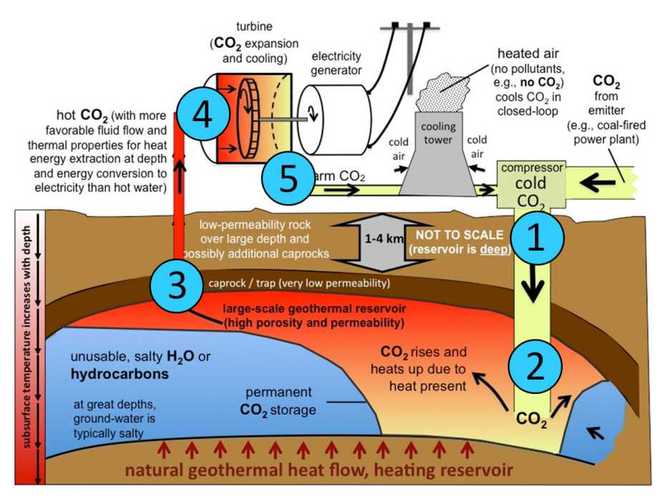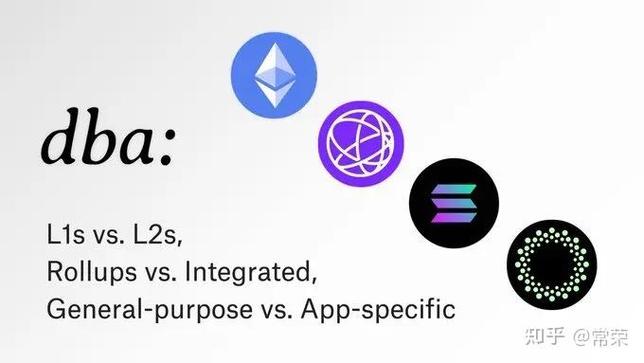
Difference between Wrapped ETH and ETH Optimism
Understanding the nuances between Wrapped ETH (WETH) and ETH Optimism can be crucial for anyone looking to navigate the complex world of Ethereum-based assets. Both are designed to facilitate interactions with the Ethereum network, but they operate in distinct ways and serve different purposes. Let’s delve into the details to help you grasp the differences between these two.
What is Wrapped ETH (WETH)?
Wrapped ETH, often referred to as WETH, is an ERC-20 token that represents Ethereum (ETH) on the Ethereum network. It’s essentially a tokenized version of ETH that allows users to interact with decentralized applications (DApps) and smart contracts that require ETH but don’t want to deal with the complexities of managing private keys or gas fees.

WETH is created by wrapping ETH into a token that can be easily transferred and used within the Ethereum ecosystem. This process is facilitated by a smart contract that mints new WETH tokens when ETH is wrapped and burns WETH tokens when they are unwrapped back into ETH.
How does WETH work?
When you wrap ETH into WETH, you are essentially locking your ETH into a smart contract. This process is irreversible, meaning once your ETH is wrapped, it cannot be accessed until it is unwrapped. The smart contract then mints a corresponding amount of WETH tokens, which are sent to your wallet address.
Conversely, when you want to unwrap WETH and convert it back to ETH, you send your WETH tokens to the smart contract, which then burns the tokens and releases the equivalent amount of ETH back to your wallet.
What is ETH Optimism?
ETH Optimism, on the other hand, is a layer 2 scaling solution for Ethereum that aims to improve the network’s scalability and reduce transaction costs. It achieves this by using a technique called Optimistic Rollups, which allows for off-chain computation and storage of transactions.

ETH Optimism is not a token itself but rather a platform that enables the creation of tokens and smart contracts. One of the tokens that can be created on the Optimism platform is Optimistic ETH (oETH), which is a representation of ETH on the Optimism network.
How does ETH Optimism work?
When you want to use ETH on the Optimism network, you can wrap your ETH into oETH. This process is similar to wrapping ETH into WETH, where your ETH is locked into a smart contract and a corresponding amount of oETH is minted.
oETH can then be used to interact with DApps and smart contracts on the Optimism network. When you want to withdraw your oETH back to ETH, you can do so by unwrapping your oETH, which will release the equivalent amount of ETH back to your wallet.
Comparison of WETH and oETH
Now that we have a basic understanding of both WETH and oETH, let’s compare them in a table format:
| Feature | Wrapped ETH (WETH) | Optimistic ETH (oETH) |
|---|---|---|
| Network | Ethereum | Optimism |
| Functionality | Tokenized representation of ETH for DApps and smart contracts | Representation of ETH on the Optimism network for DApps and smart contracts |
| Transaction Costs | Lower than ETH on the Ethereum network | Significantly lower than ETH on the Ethereum network |
| Scalability | Not directly scalable | Scalable through Optimistic Rollups |
As you can see from the table, the primary difference between WETH and oETH lies in the networks they operate on and their respective functionalities. WETH is designed to facilitate interactions with DApps and smart contracts on the Ethereum network, while oETH is specifically designed for the Optimism network.
Conclusion
Understanding the differences between Wrapped ETH and ETH Optimism is essential for anyone looking to engage with the Ethereum ecosystem. While both are designed to simplify interactions with Ethereum-based assets, they operate on different



